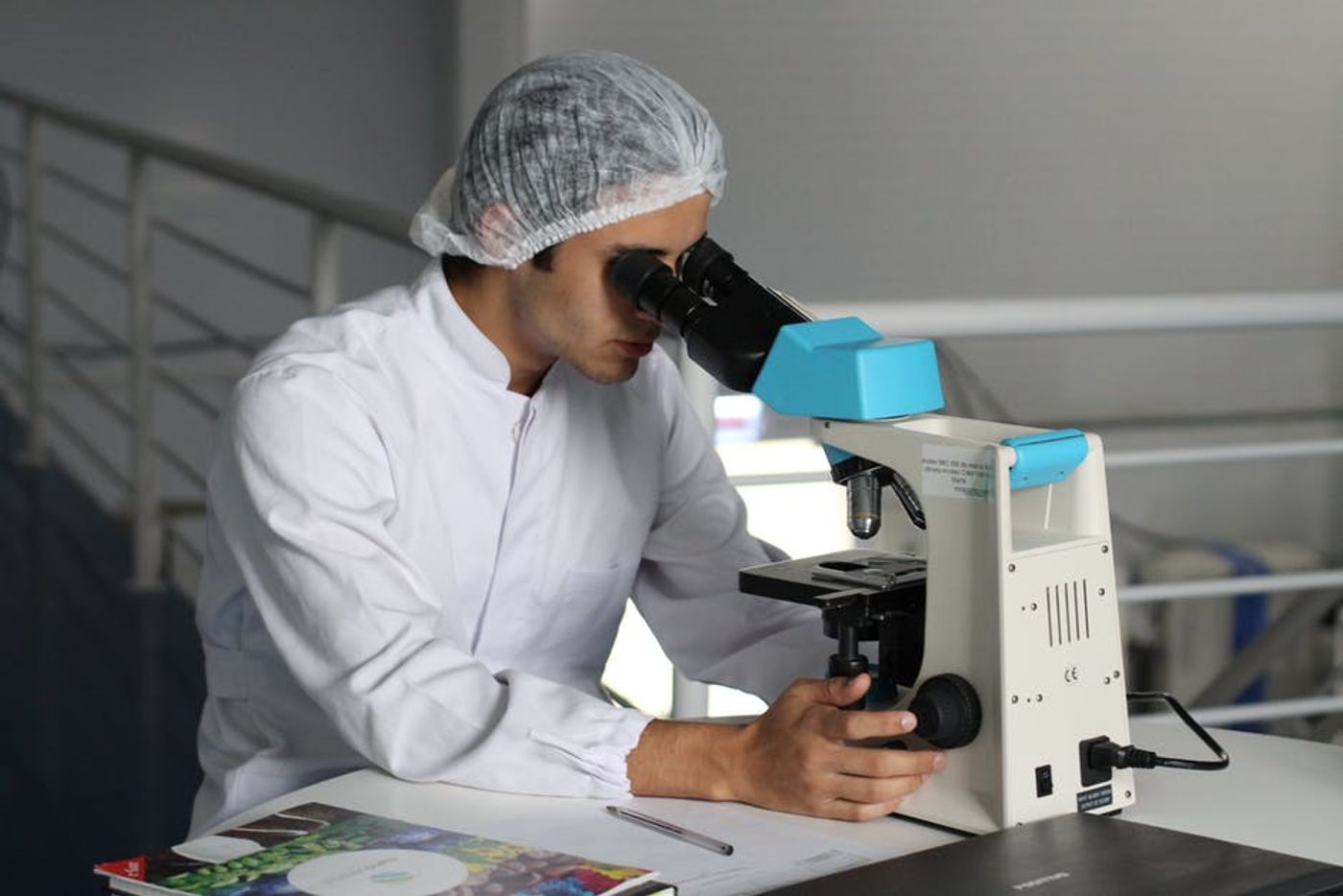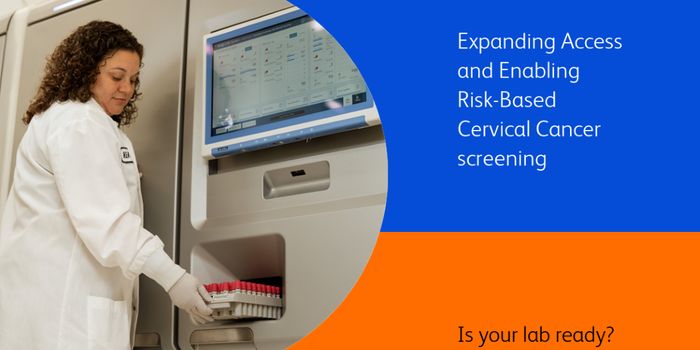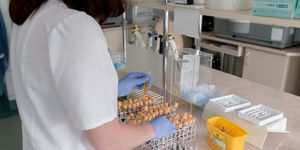Diagnosing COVID-19
Diagnosing coronavirus is done through next-generation sequencing, real-time RT-PCR tests, cell culture, and electron miscopy. For patients, that translates into providing a full medical history, and enduring physical exams, blood tests, and swabs of the throat. Doctors look for symptoms common to the illness when questioning patients, including runny nose, headache, cough, and sore throat. Additionally, the CDC has developed a new test kit for use in diagnosing the virus. This test kit is available in labs that have the credentials to run complex testing across the US and worldwide to organizations like the WHO.
Although a positive diagnosis can be terrifying for those involved, a new paper from China’s Centers for Disease Control (CCDC) may put patients at ease. That is because over 80% of confirmed cases are considered “mild.” While most patients recover unscathed, older adults and those with pre-existing conditions find themselves at heightened risk. Of the conditions putting patients at risk, cardiovascular disease was the most dangerous. Other health concerns putting people at higher risk include diabetes and hypertension.
For the study, researchers analyzed all the confirmed cases of the virus available in China’s Infectious Disease Information System as of February 11, 2020. The total number of cases was 44,672. Of those cases, there were 1,023 fatalities, most of which occurred in people in their 70’s.
Included in the analysis were summaries of patient characteristics, viral spread by age and sex, the calculation of “case fatality rate,” and a visual display of the outbreak.
Although concerning, When compared to earlier pandemics, like SARS of the early 2000’s the coronavirus is much less deadly. SARS had a fatality rate of about 13%, while COVID-19 is fatal for only about 2% of patients.
Currently, there is no vaccine available for the prevention of the virus. That said, everyday preventive measures can help prevent infection. These measures include avoiding those who are sick, avoiding touching the eyes, nose, and mouth, staying home if you are sick, covering your mouth when you cough, and regular handwashing.
The above video, from Osmosis, goes into detail about COVID-19’s causes, symptoms, diagnosis, treatment, and pathology.
Sources: Osmosis, US Center's for Disease Control and Prevention, China's Centers for Disease Control










